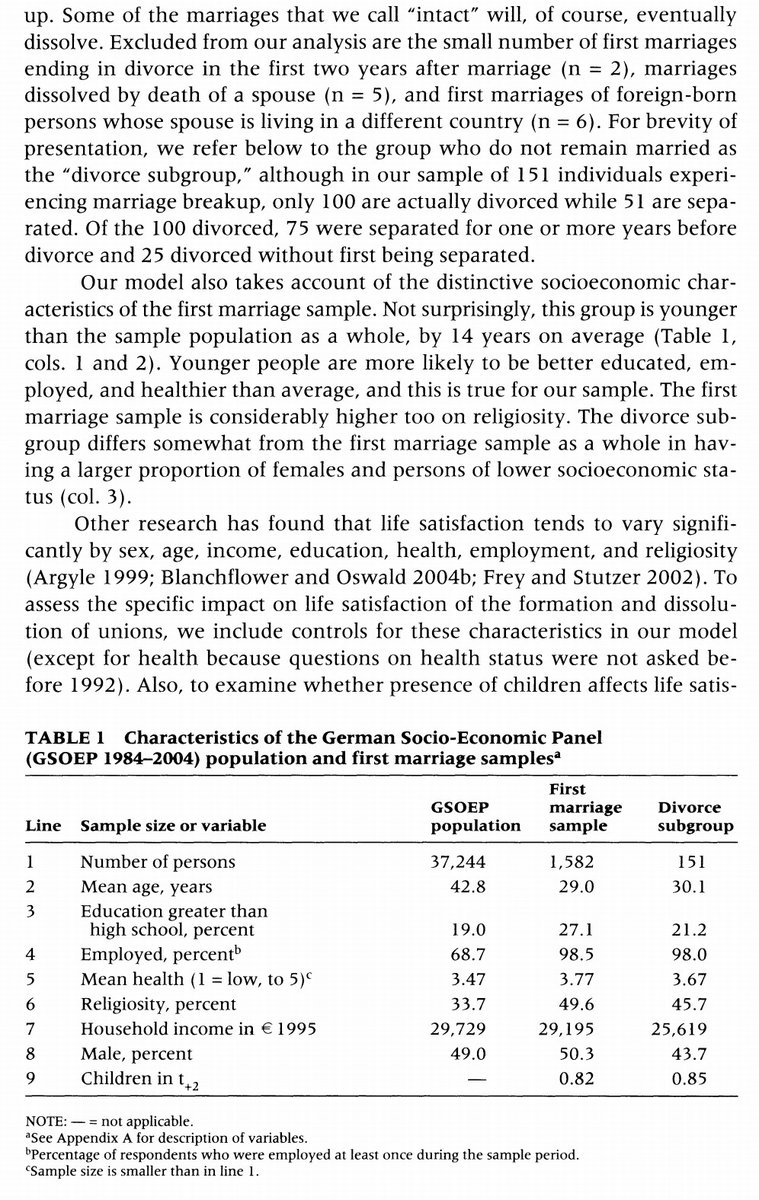1/ Explaining the Recent Failure of Value Investing (Lev, Srivastava)
"We identify two reasons for the failure of value investing: (1) accounting deficiencies and (2) fundamental economic developments which slowed down mean reversion of value & glamour."
papers.ssrn.com/sol3/papers.cf…
"We identify two reasons for the failure of value investing: (1) accounting deficiencies and (2) fundamental economic developments which slowed down mean reversion of value & glamour."
papers.ssrn.com/sol3/papers.cf…

2/ "The value strategy had already lost much of its potency in the late 1980s and yielded negative returns in the 1990s, barring a brief resurgence in 2000-2006.
"The expensing of intangibles started to have a major effect on book values and earnings in the late 1980s."

"The expensing of intangibles started to have a major effect on book values and earnings in the late 1980s."


3/ "The effect of our intangibles book-value adjustments are more pronounced for glamour than for value stocks. Among glamour stocks, our adjustments had a larger effect on small than large companies, since small, high-growth glamour firms tend to invest heavily in intangibles." 







4/ "We also adjusted the earnings of P/E, adding back to earnings the annual R&D expense and the part of SG&A related to intangibles and subtracting from earnings the annual amortization of the R&D and SG&A capitals. The improvement was substantially lower than for book values." 



5/ "In any case, whether guided by the M/B ratio or the P/E ratio, the recent 10-12 years' returns from value investing were unusually low, leading us to continue the quest for the reasons for the recent failure of value investing."
6/ "All our measures indicate a substantial slowdown of the mean reversion of both value and glamour stock in the past 12 years, accounting for much of the decline of the profitability of value investing." 





7/ "By practically any measure of operating performance, the profitability of value firms deteriorated sharply since the financial crisis and remained at a historically low level up to the present [2018]." 





8/ "Without internal funds and with very limited access to the stock and debt markets, most value firms were unable in recent years to pick themselves up.
"Investment in this group of poor performers, trapped in low-valuation, was a losing proposition from 2007 to 2018."


"Investment in this group of poor performers, trapped in low-valuation, was a losing proposition from 2007 to 2018."



9/ "Overall, internal investments in traditional intangibles, like R&D, brands, information technology, and tangible investments, as well as the lesser visible investments in organization capital, or management, were the main drivers of growth in market value from 2008 to 2017." 





10/ Related reading:
Will value survive its long winter?
Resurrecting the Value Premium
Factor Performance 2010-2019: A Lost Decade?
Is (Systematic) Value Investing Dead? (thread)
Will value survive its long winter?
https://twitter.com/ReformedTrader/status/1304557723392962561
Resurrecting the Value Premium
https://twitter.com/ReformedTrader/status/1315820031729496064
Factor Performance 2010-2019: A Lost Decade?
https://twitter.com/ReformedTrader/status/1245559396714729473
Is (Systematic) Value Investing Dead? (thread)
https://twitter.com/ReformedTrader/status/1259165422412128259
• • •
Missing some Tweet in this thread? You can try to
force a refresh




























